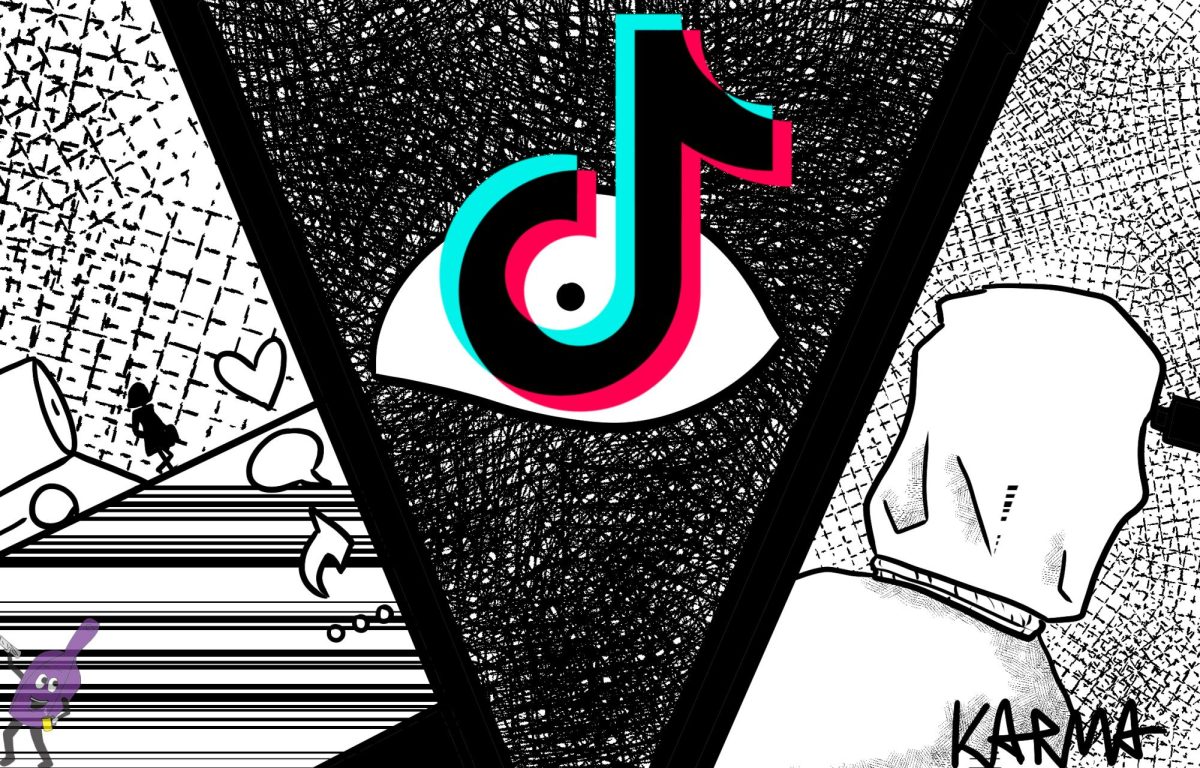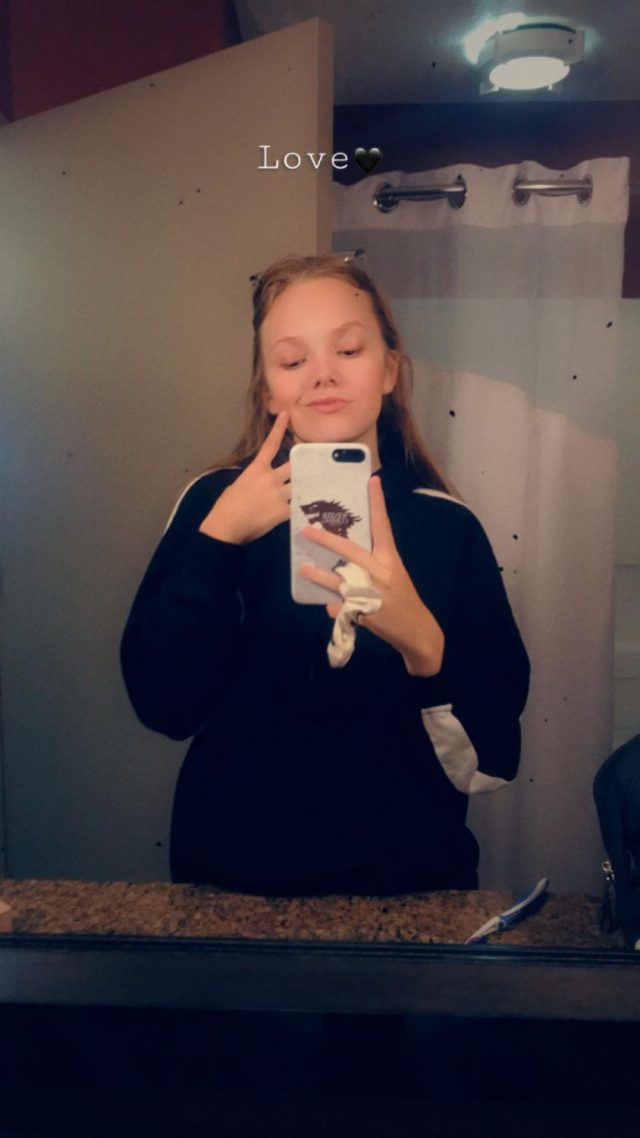When talking about the increase in mental health issues, it’s important to consider the thing that has been scientifically proven to make it worse: our phones. The majority of people use them every day. They show us everything we want to see (and lots of stuff we don’t). They give us news at rapid speed, throwing out the need for physical newspapers and live television.
And oftentimes, what comes with our phones is social media. Instagram, X (recently renamed from Twitter), TikTok, Facebook… There are many different options to stay connected with the world around us. Some social media are catered to a specific audience compared to others.
TikTok is one that has grown really popular in recent years. It is owned by the Chinese company ByteDance, which bought it in 2018.
Lots of concerns have popped up about the app being owned by a Chinese company. Montana was actually the first state to ban the app, and it should start going into effect in 2024. The Spartan Scoop wrote a piece on the ban earlier this year, and you can read it here.
How does TikTok affect us? Watching short clips on the app is easy, all you have to really do is swipe your finger. You can like or favorite the videos you enjoy the most. The algorithm takes it from there. It’s addictive.
In an interview with Chelsea Johnson, Sentinel’s psychology teacher, she had some thoughts about the use of social media. “Social media for kids is pretty damaging… your brains are still developing at that point, and it’s not healthy for you,” she started. “I think being a high school teacher, I see all the negatives. But overall… it can connect you to people you usually couldn’t connect to.”
COVID-19’s pandemic led to kids being shut in, and furthered the addiction for phones. TikTok really went viral around this time. A study has shown that 6 out of 10 students say they regularly use the app. And because of the addiction, people started creating short videos to try and become famous.
From this, the app started to see a rise in horror content. Because of how fast videos can spread and become popular, it started to become easier to let your creations be seen. You don’t even really need good editing software–horror shorts have been created through acting alone.
Several videos can be found on TikTok with themes of horror. Some turn into series, some are standalones. The ones that don’t go unnoticed often become a spectacle.
If you go onto the app and search “horror TikTok”, it’ll bring you to a new side of content created that you may have never seen before. Like with anything, horror can be found really anywhere on social media. TikTok has the unique ability to spread it rapidly in video form, though.
In general, horror has been a form of escapism for some people. Johnson said, “I see horror as escapism… Mental health is such a complex issue. Does watching something depressing make you more depressed? It’s an internal thing, so how could an external force affect that? Can you worsen it by watching something negative?” While the abundant creation of horror shorts and film aren’t necessarily attributed to that, some have started to enjoy the bits and pieces they find on the app. The psychological factor of fear has deep roots, and many parts in it. A lot of people enjoy horror because of the fear that comes with it. Thrills come from “the physical and emotional release that follows scary situations.”
Are these videos on TikTok a new wave for the future of horror? In their own way, they are. However, they have also reached new lengths that have not been seen in horror before. Shock value, which has become more popular, is a way for the creator to garner a negative reaction from the audience in a surprising fashion. Shock value is defined as “usefulness to surprise and usually upset people”.
“I believe that people perceive the shock value as genuine, and I think some of the nuance gets lost,” Johnson responded when asked about her opinion on shock value. It has been used in many movies and shows, not just horror shorts on TikTok.
Many videos and slideshows on the app have started to use shock through random jumpscares as a way to gain an audience (or to get a reaction out of viewers). Likes and interactions increase the reach of a video, and when people react even negatively with a video that scares them, it gets pushed to more people. Some may enjoy the newfound fear, while others may not.
The newer generations have become both desensitized to horror, gore, and media, and additionally more sensitive to things that upset them. When asked how she has seen horror affect people, Johnson said, “I don’t think [horror] has changed us. It’s been a long progression of desensitization to violence, and I don’t think it’s a singular thing.” It’s important to recognize this, and how it has stemmed from how Generation Z (and the oncoming Generation Alpha) has had access to technology for a majority of their lives.
Is it a problem? There are varied opinions on this, and it all really depends on what exactly you’re seeing on the app. Some things are worse than others. Some people get affected by certain videos more than their peers.
When an app as large as TikTok is so prevalent in our world, it brings a lot of things that can be perceived as negative or positive. Something that has been rising on the app is a new perceived sense of paranoia, and something that a lot of people are familiar with: conspiracy theories. All of this can make it hard to believe everything you see on TikTok, and can only worsen your mental state. Even further, should we let ourselves be affected by the things we see on TikTok?
Can something like TikTok be trusted? And can Tiktok create a large hysteria through misleading information?




